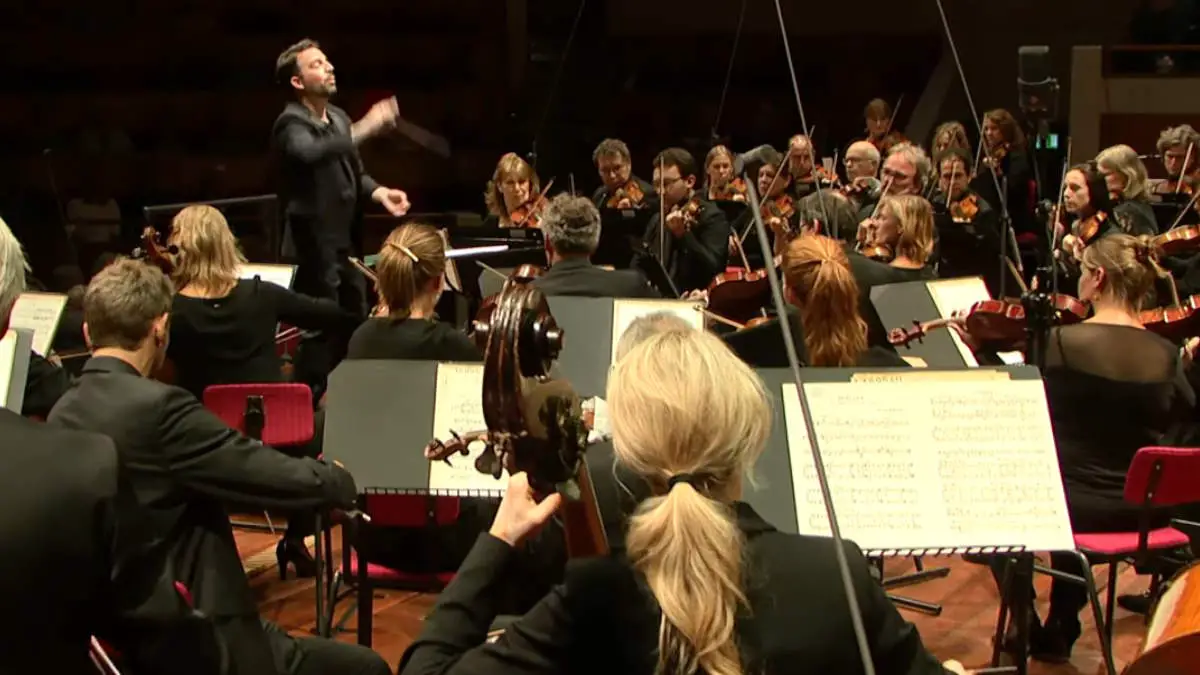Conducted by James Gaffigan, the Netherlands Radio Philharmonic Orchestra performs Claude Debussy’s Prélude à l’après-midi d’un faune (L. 86), known in English as Prelude to the Afternoon of a Faun, a symphonic poem for orchestra. This performance was recorded during an AVROTROS Friday Concert on September 20, 2019, at TivoliVredenburg in Utrecht.
Debussy’s Prélude à l’après-midi d’un faune
Claude Debussy’s “Prélude à l’après-midi d’un faune,” also known in English as “Prelude to the Afternoon of a Faun,” is a symphonic poem for orchestra, composed in 1894. This piece, approximately 10 minutes in duration, was first performed in Paris on December 22, 1894, under the baton of Gustave Doret, with a notable flute solo by Georges Barrère. It stands as one of Debussy’s most famous works and marks a significant turning point in the history of Western art music, often regarded as a masterpiece of Impressionist composition.
Inspired by the poem “L’après-midi d’un faune” by Stéphane Mallarmé, Debussy’s composition does not attempt to synthesize the poem but rather provides a free illustration of it. The music represents a succession of scenes that depict the desires and dreams of a faun during a sultry afternoon. The narrative follows the faun as he pursues nymphs and naiads and eventually succumbs to an intoxicating sleep, where he can realize his dreams of possessing universal nature.
The orchestration for “Prélude à l’après-midi d’un faune” includes three flutes, two oboes, a cor anglais, two clarinets in A and B♭, two bassoons, four horns, two harps, two crotales, and strings. This orchestration reflects Debussy’s innovative use of musical color and texture, which became hallmarks of his style and contributed to the development of modern music.
Upon first hearing, the “Prélude” might seem improvisational and almost free-form. However, it is intricately structured, consisting of a complex organization of musical cells and motifs that are carefully developed and exchanged among members of the orchestra. This reveals Debussy’s high level of compositional consciousness and his ability to weave together themes and textures to create a piece that is both evocative and innovative.
“Prélude à l’après-midi d’un faune” is celebrated for its pioneering approach to musical form and harmony, and for its ability to evoke the sensual and dreamlike qualities of Mallarmé’s poem. It remains a cornerstone of the orchestral repertoire and a testament to Debussy’s influence on the direction of early 20th-century music.
Sources
- Prélude à l’après-midi d’un faune on Wikipedia

